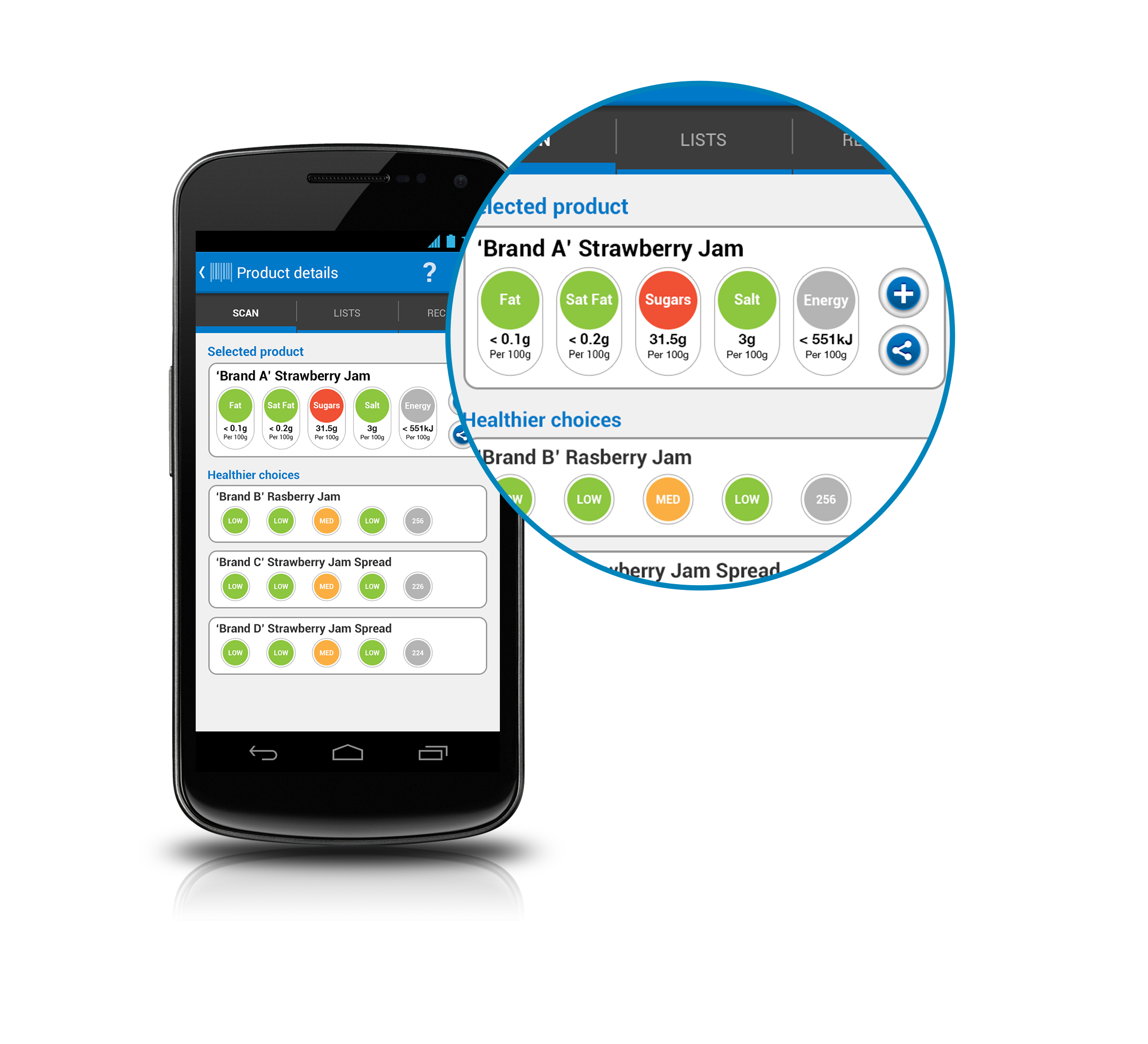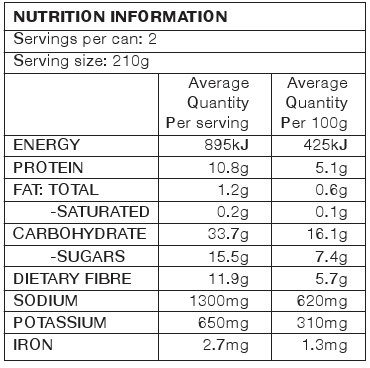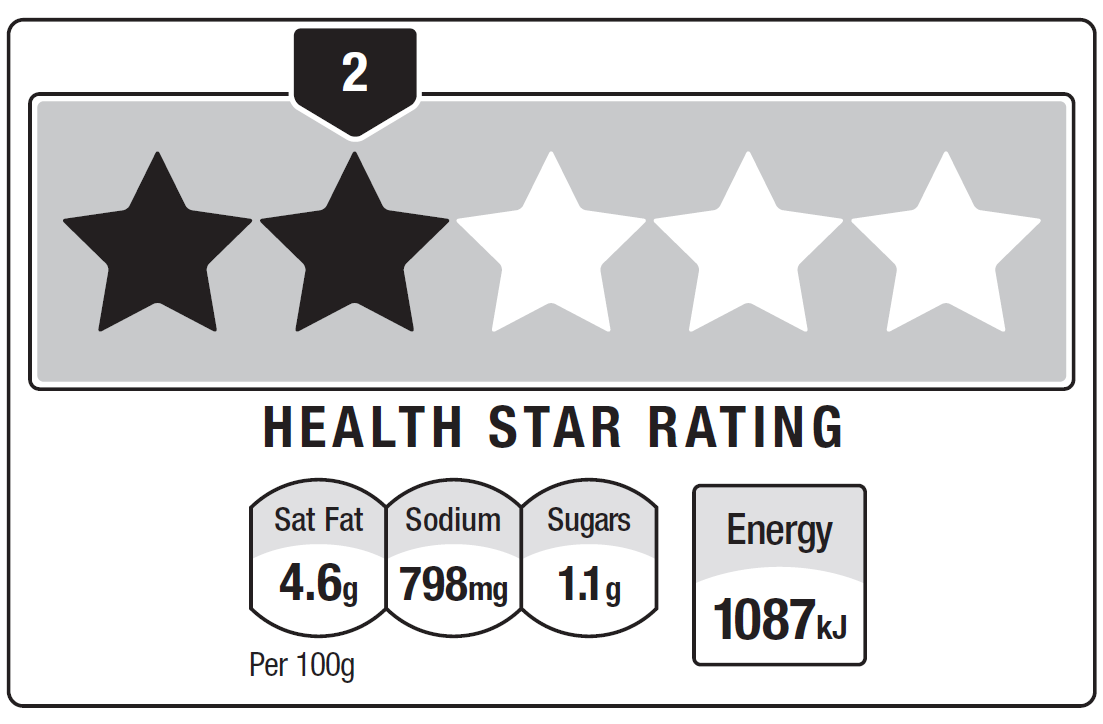Professor Tony Blakely, Associate Professor Nick Wilson, Dr Helen Eyles
Ever tried to convince your colleagues, kids or even spouse that some food is unhealthy crap? It would be so much easier if food labels were easy to read and simple to understand.
Our colleagues at the National Institute of Health and Innovation (NIHI), University of Auckland, are leading the way. They have just launched the free FoodSwitch App for Apple and Android smart phones. Use your phone’s camera to scan the food barcode, and instantly you get to see:
- Traffic light colours for four key nutrients (total fat, saturated fat, sugar, and salt) where red means a less healthy choice (fine for an occasional treat), amber means an okay choice, but choosing green is even better.
- Healthier option to ‘switch’ to for the same type of product (e.g. similar cereals, only healthier).
You can also add your favorite products to the App if they are not already included (i.e. crowdsourcing).
Very cool! So cool, that since they launched FoodSwitch two weeks ago there have been nearly 20,000 downloads and more than 200 likes on their FaceBook page.
Packaged food in New Zealand is required to display nutrition information panels (usually on the back of food packaging).
These panels work to a small degree – if you have good eye sight, time, inclination, and knowledge to interpret them. But that is not the case for most busy shoppers, most of the time. Also the situation is often confused by other predominant messages on food packaging, eg, boasting “low fat” messages when the food is full of sugar instead (only mentioned in the fine print).
Over in Australia, the Department of Health and Aging has just taken the bull by the horns, and announced a two-year phase in period for a front-of-pack star labelling system on packaged food. This is a bit like the star labelling system for energy efficiency on your fridge. Not a bad idea on the face of it. But it is voluntary.
Moreover, the best evidence we currently have suggests that New Zealand consumers are able to pick healthier options most easily using a traffic light label system. There is no evidence for the new star system and, due to challenges changing labels in the real world, no robust evidence (i.e. a real-world studies) for whether either system (let alone nutrition information panels) actually changes food purchases.1 2
We strongly suspect that a good food traffic light labelling system in New Zealand would be the best option. But this is also a research question, and Professor Ni Mhurchu of NIHI is about to lead a randomised controlled trial of these three food labelling systems – using a variant of the FoodSwitch App. It is important nationally and internationally that such evidence is gathered, as food labelling is (just like tobacco packaging was) likely to be a major point of contention between the food industry, governments and public health in the next decade. Although we note that 60% of UK supermarket chains have signed up to using traffic light labels on their products, and the sky has not fallen in.
So the situation is going to be a bit messy in New Zealand for the next couple of years. Or perhaps we should rephrase that – diverse, innovative, and with options? We are likely to see many Australasian food products with a star label as per the recent Australian announcement, the current nutrition information panel will stay, and perhaps lots of shoppers scanning and FoodSwitching.
Moreover, we are trying to run trials of these three labelling systems in the middle of all this without too much contamination! But that is the reality of undertaking applied research that will be policy relevant.
In the meantime, check out FoodSwitch and try the App. Whilst we do not want to prejudice the findings of the randomised trial, we suspect that many consumers will both enjoy and benefit from the App, just as they have in Australia. Moreover, it will create a climate of expectation among New Zealanders that simple-to-understand food labelling should be the standard.
Disclaimers:
Professor Tony Blakely is a co-Director, and Dr Helen Eyles a co-Investigator, of the HRC-funded programme Effective Interventions and Policies to Improve Population Nutrition and Health, that is undertaking the above mentioned randomised control trial.
Dr Helen Eyles is a Research Fellow at NIHI and led the development of the NZ FoodSwitch App. There is no direct financial gain for NIHI in FoodSwitch or related activities. Helen is also Principal Investigator of a SaltSwitch trial funded by the Heart Foundation, using the FoodSwitch App.



